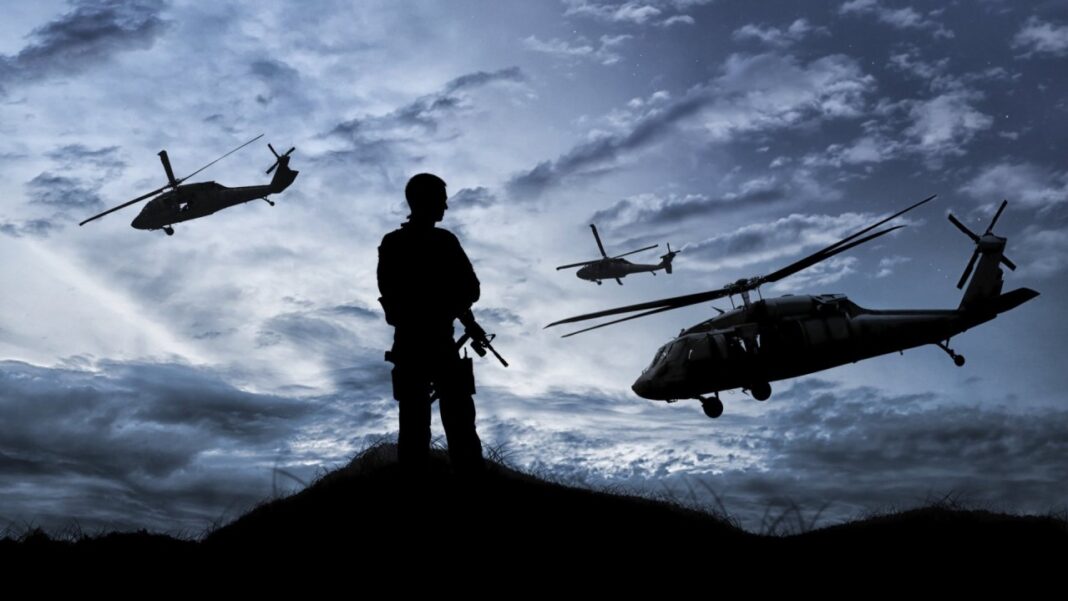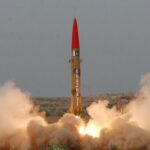Strategy without tactics is the slowest route to victory. Tactics without strategy is the noise before defeat. — Sun Tzu (The Art of War)
Management is a pervasive function in all organizations, spanning all levels and influencing the entire spectrum of organizational activities. Defense organizations are no exception to this universal practice.
Pakistan’s defense and security landscape faces a complex array of multilateral challenges, including both kinetic and non-kinetic threats, technological disruptions, and newly emerging threats.
Kinetic events, including persistence and rise of non-state armed groups, ongoing insurgencies, and cyberattacks, pose a direct threat to the country’s stability.
Non-kinetic threats, such as the evolving nature of hostilities and combat, hybrid warfare, and the shifting geopolitical landscape, demand strategic adaptation and resilience.
Recent technological advancements, including artificial intelligence, weaponized drones, and hypersonic weapons, incorporate new dimensions to the challenges. Moreover, Pakistan confronts the heightened risk of extremism, proliferation of media and information, and the climate crisis, each requiring proactive and multifaceted responses.
Pakistan’s defence management apparatus stands at a pivotal juncture. The current system, mired in bureaucratic complexities and operational inefficiencies, does not meet the prerequisite of “readiness” criterion to address the multifaceted and multilateral security challenges of the 21st century. This inherent lack of adaptability and agility has led to a widening gap between strategic visions and operational realities. Compounding these systemic flaws is the strained and recently truncated defence budget. This will curb critical upgrades and modernization initiatives, jeopardizing Pakistan’s readiness.
Fundamental reforms in transparency, accountability and agility are needed to optimize Pakistan’s defence management. Economic limitations demand precise prioritization of modernization goals, rather than diffuse allocation in various defence and security domains. Investment should focus on force multipliers like cyber warfare, surveillance systems and rapid reaction capacities. Indigenous research and development capabilities also need support to reduce import dependence.
Defence management transformation requires an integrated effort between policymakers, academia, industry and the armed forces. This collaboration should inform the evolution of a joint vision balancing external threats, fiscal constraints and internal security challenges. Implementation will require consolidated leadership, bureaucratic alignment and sustained political will.
The current crossroads poses grave risks but also new opportunities. Pakistan can usher in a leaner, more agile defence apparatus ready for the complex battles of the 21st century landscape by consolidating resources, increasing transparency, pursuing technological innovation, deepening regional ties, and attracting international expertise. The alternative is an increasingly perilous erosion of readiness.
Pakistan can break free of outdated paradigms and forge a new doctrine integrating strategic priorities with operational capabilities. The result will strengthen both national security and state sovereignty.
To actualize the transformation of Pakistan’s defense management, several concrete measures are imperative.
Firstly, there is a need to bolster public-private partnerships, particularly in research, development, and production, fostering the country’s technological talent. Incentives for local industries to meet import substitution targets should be implemented.
Secondly, a joint operational doctrine must be crafted, utilizing predictive analytics and war-gaming to assess future conflict scenarios and develop strategic and tactical playbooks.
Thirdly, training pedagogies should be revamped through the integration of immersive technologies and non-kinetic techniques, establishing a simulation-based education command.
Fourthly, the creation of a dedicated strategic technologies directorate is crucial to monitor global innovations, especially in areas like cybersecurity, drones, AI, and ML, with a focus on funding indigenous labs aligned with national security needs.
Fifthly, regional security partnerships should be realigned to address emerging spheres such as climate resilience, economic cooperation, public health, and disaster response, including joint contingency plans for non-traditional threats and regular joint exercises.
This multi-dimensional approach can result in enhanced efficiencies across the strategic-technology-operational continuum. It necessitates consolidated civilian-military leadership, sustained stakeholder alignment and sophisticated seamless execution. The result will be a responsive, transparent and future-ready defence apparatus securing both sovereignty and solvency.
The transformation of Pakistan’s defence management ecosystem is eminently achievable. Pakistan can refurbish both military readiness and state solvency for the volatile geopolitical environment ahead, by converting challenges into opportunities. With the political will, leadership resolve and whole-of-nation spirit evinced during the floods rehabilitation, Pakistan has enormous capacity to implement complex reforms. The modernization of the country’s defence foundations is no exception.
Hassan Saleem Awan is a management consultant, strategic communication professional and a former banker.








